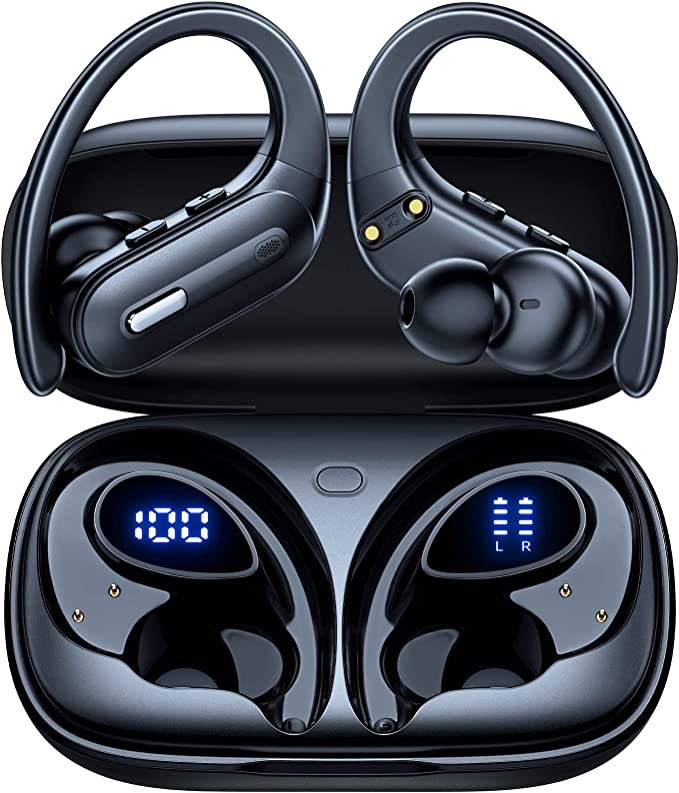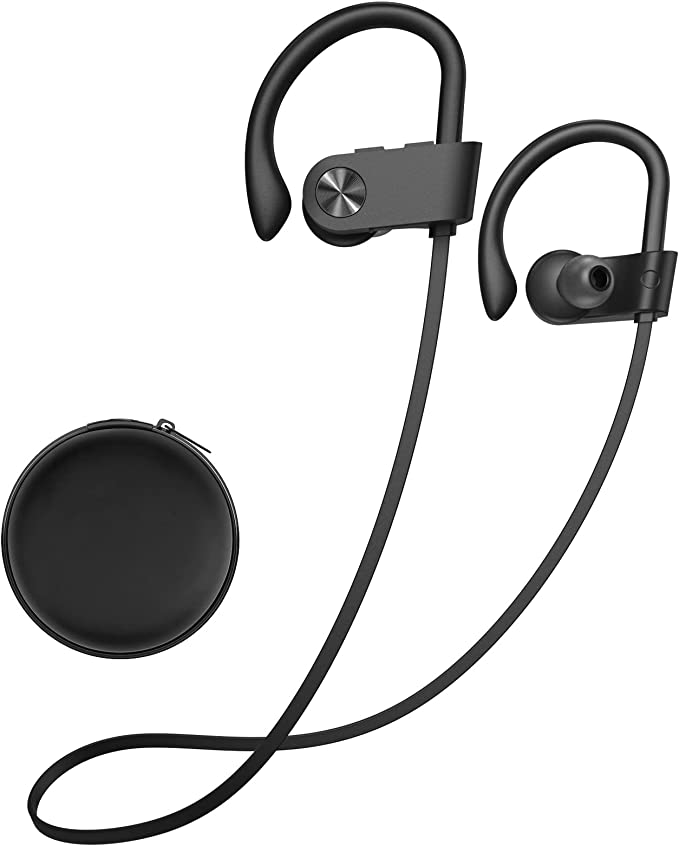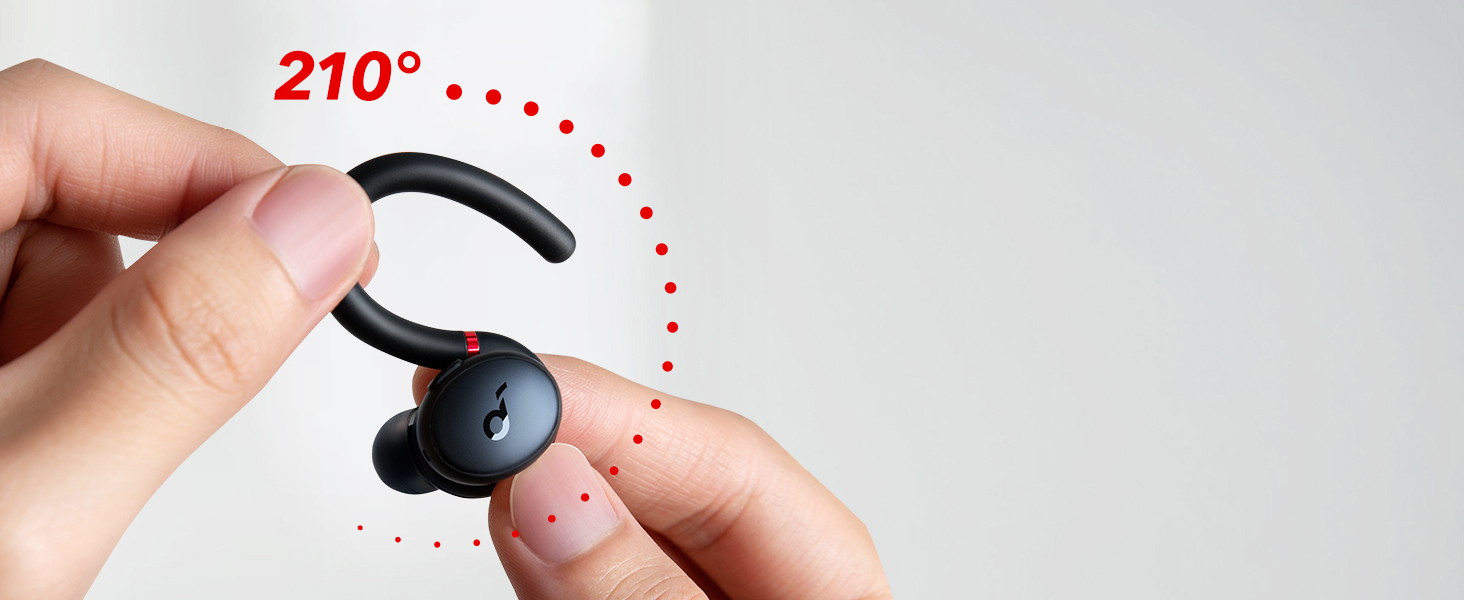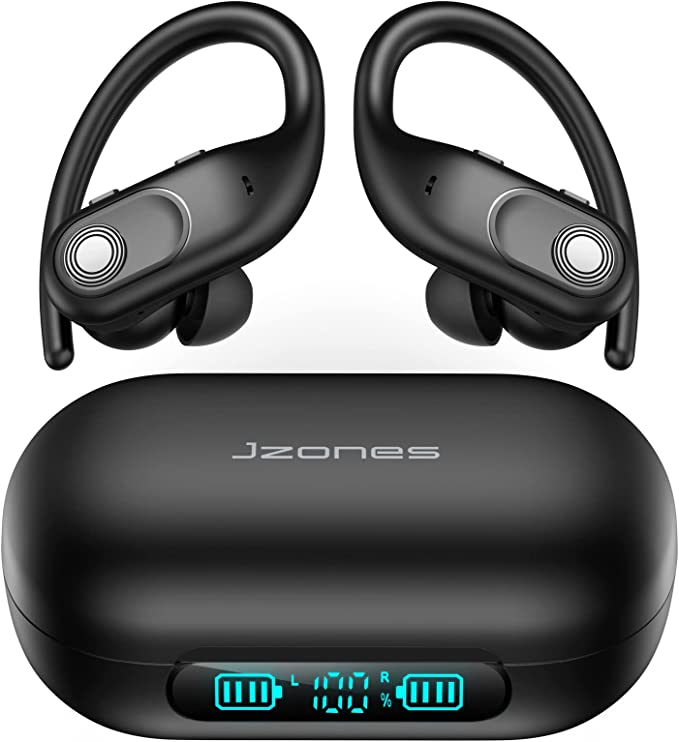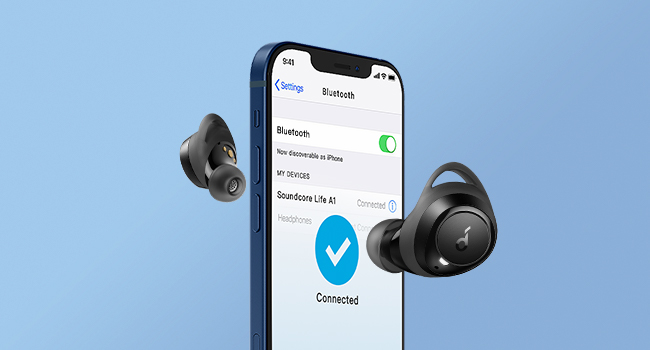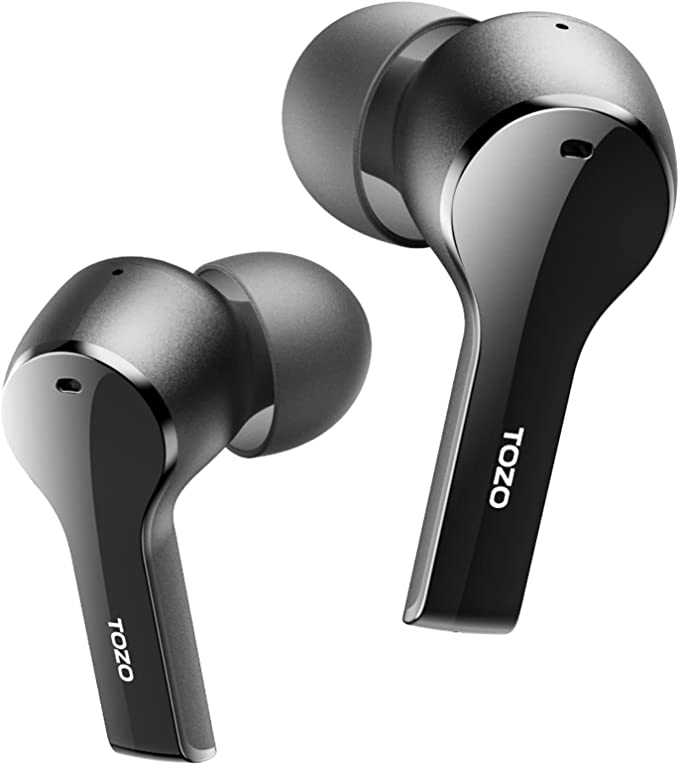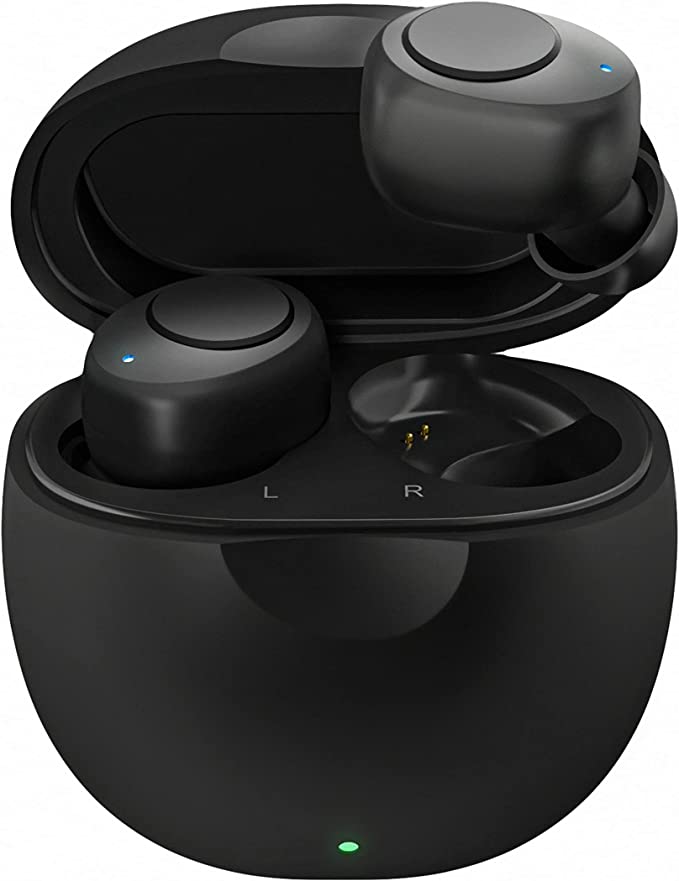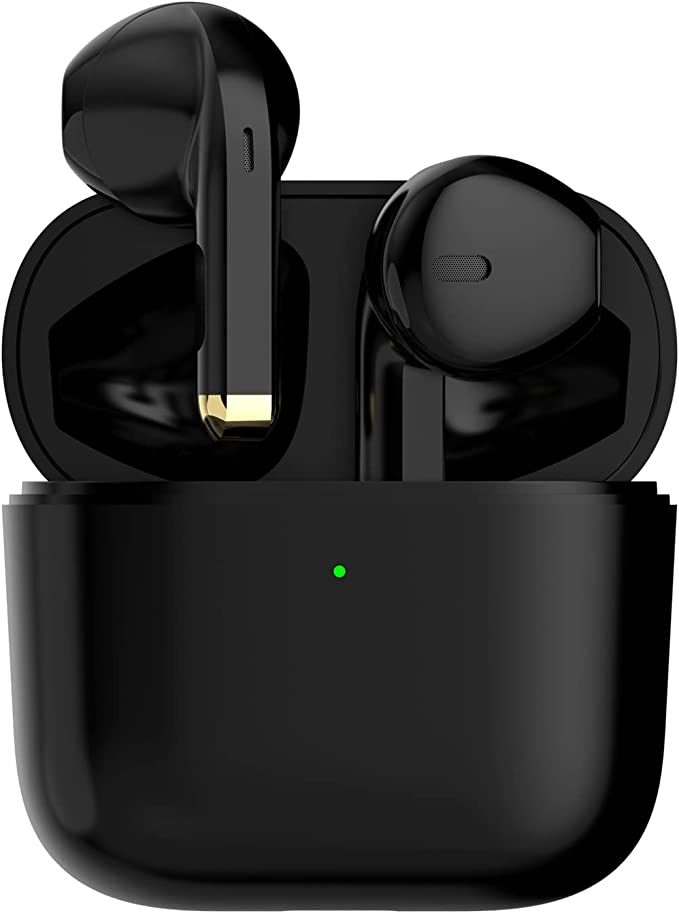Built for the Grind: An Athlete's Guide to Decoding Workout Earbud Specs
Update on Nov. 14, 2025, 5:29 p.m.
For any athlete, the right soundtrack can be a powerful performance enhancer. But nothing shatters focus faster than an earbud falling out mid-sprint, dying halfway through a long run, or shorting out from sweat. In the world of athletic gear, audio devices aren’t just for entertainment; they are mission-critical equipment that must be judged on a different set of standards.
Navigating the market, however, can be overwhelming. You’re faced with a barrage of technical jargon: IPX7, Bluetooth 5.3, 150-hour playtime. What do these specifications actually mean when you’re dripping sweat on a treadmill?
This is not another top-ten list. This is an athlete’s guide to decoding the technology. We’ll break down the three pillars of a true workout earbud—Endurance, Durability, and Stability—using a device with specifications built for extremes, the Falebare F6, as our practical case study. By the end, you won’t just know about one product; you’ll have the knowledge to critically evaluate any pair of earbuds for your active life.

Pillar 1: Endurance – The Science of All-Day Power
For an athlete, “battery anxiety” is a real concern. You need a device that can outlast your longest training sessions, for days on end. This is where understanding battery specifications becomes crucial.
Consider a claim like “150 hours of total playtime,” as seen on the Falebare F6. This figure is a function of two interconnected systems:
1. The Earbuds’ Stamina: The earbuds themselves offer up to 10 hours of continuous playback. This is your single-session runtime, the critical number for a marathon run or a long gym workout.
2. The Case’s Reservoir: The charging case is a portable power bank. Its capacity is measured in milliampere-hours (mAh). A case with a large capacity, like the F6’s 2800mAh, holds a massive energy reserve. This allows it to recharge the earbuds multiple times (over 14 times, in this case) before the case itself needs to be plugged in. The “150 hours” is the sum of the earbuds’ initial charge plus all the recharges the case can provide.
A large-capacity case provides true energy independence, freeing you from the daily search for a power outlet. Some cases even add utility, incorporating a standard USB-A port to function as an emergency power bank for your phone—a surprisingly useful feature in a pinch.

Pillar 2: Durability – Decoding the Armor of an IPX7 Rating
Sweat is the nemesis of electronics. For workout gear, water resistance isn’t a luxury; it’s a fundamental requirement. This is where the Ingress Protection (IP) rating comes in.
An IPX7 rating, as specified for the Falebare F6, is a high standard of water protection defined by the International Electrotechnical Commission (IEC). Let’s break it down: * IP: Stands for Ingress Protection. * X: Means the device has not been rated for protection against solid particles (like dust). * 7: This is the critical number for water. It certifies that the device can withstand full submersion in up to 1 meter (about 3.3 feet) of fresh water for 30 minutes.
Achieving this rating requires meticulous engineering, including watertight seals, gaskets, and often hydrophobic nano-coatings on internal components. For an athlete, an IPX7 rating means complete peace of mind. It guarantees the earbuds can handle the most intense, sweat-drenched workouts, a run in a heavy downpour, or even an accidental drop into a puddle without failing. It is a certified promise of resilience.

Pillar 3: Stability – The Biomechanics of a Secure Fit
All the battery life and waterproofing in the world are useless if the earbuds won’t stay in your ears. For high-impact activities like running and HIIT, ergonomic stability is paramount.
This is where design comes into play. The over-ear hook design, a hallmark of many dedicated sports earbuds like the Falebare F6, is a direct solution to this problem. Based on simple biomechanics, the soft, flexible hook loops over the top of your ear (the auricle), creating a secure anchor point. This design actively counteracts the jarring forces of movement and gravity that can easily dislodge standard in-ear buds.
The fit is further refined by the silicone eartips. Finding the right size (most products include S/M/L options) is crucial not only for comfort but for creating an acoustic seal. This seal helps block out some gym noise and is essential for delivering a full, rich sound with proper bass response.
Finally, consider the controls. In the middle of a workout, fumbling with sensitive touch controls can be frustrating. Many sports models opt for physical buttons, which provide clear, tactile feedback. You can feel the “click,” ensuring you’ve successfully skipped a track or answered a call without breaking your stride.

The Supporting Tech: Sound and Call Clarity
While fit and durability are primary, audio performance still matters. * Sound Engine: A specification of 10mm speakers (or dynamic drivers) indicates a driver size capable of moving a good amount of air, which is beneficial for producing a powerful sound with present bass to help power you through a workout. * Call Clarity: The term “Noise Cancelling” on budget-friendly sports earbuds almost always refers to Environmental Noise Cancellation (ENC) for the microphones, not Active Noise Cancellation (ANC) for your listening. A dual-microphone system, as described in the F6, uses one mic to focus on your voice and the other to identify and suppress background noise. This ensures your voice sounds clear to the person on the other end of a call, even if you’re in a noisy gym.

Conclusion: The Empowered Athlete
Choosing the right workout earbuds isn’t about finding the most expensive brand or the longest feature list. It’s about understanding the core technologies that solve the real-world problems athletes face. By focusing on the three pillars—Endurance (total battery system), Durability (IP rating), and Stability (ergonomic design)—you can cut through the marketing noise and identify a device truly built for the grind.
The technology packed into a modern, affordable earbud is a testament to incredible engineering. By learning to decode its language, you empower yourself to make a smarter, more confident choice, ensuring your gear will support you through every rep, every mile, and every drop of sweat.


